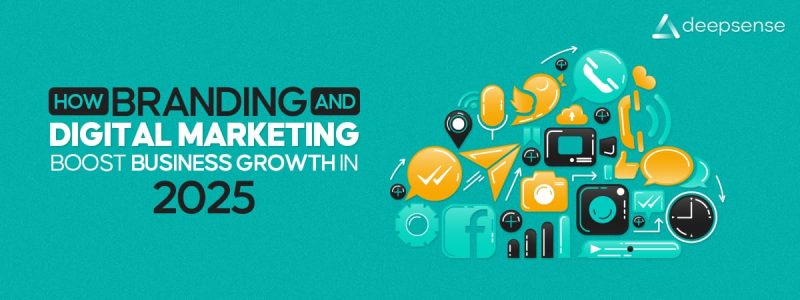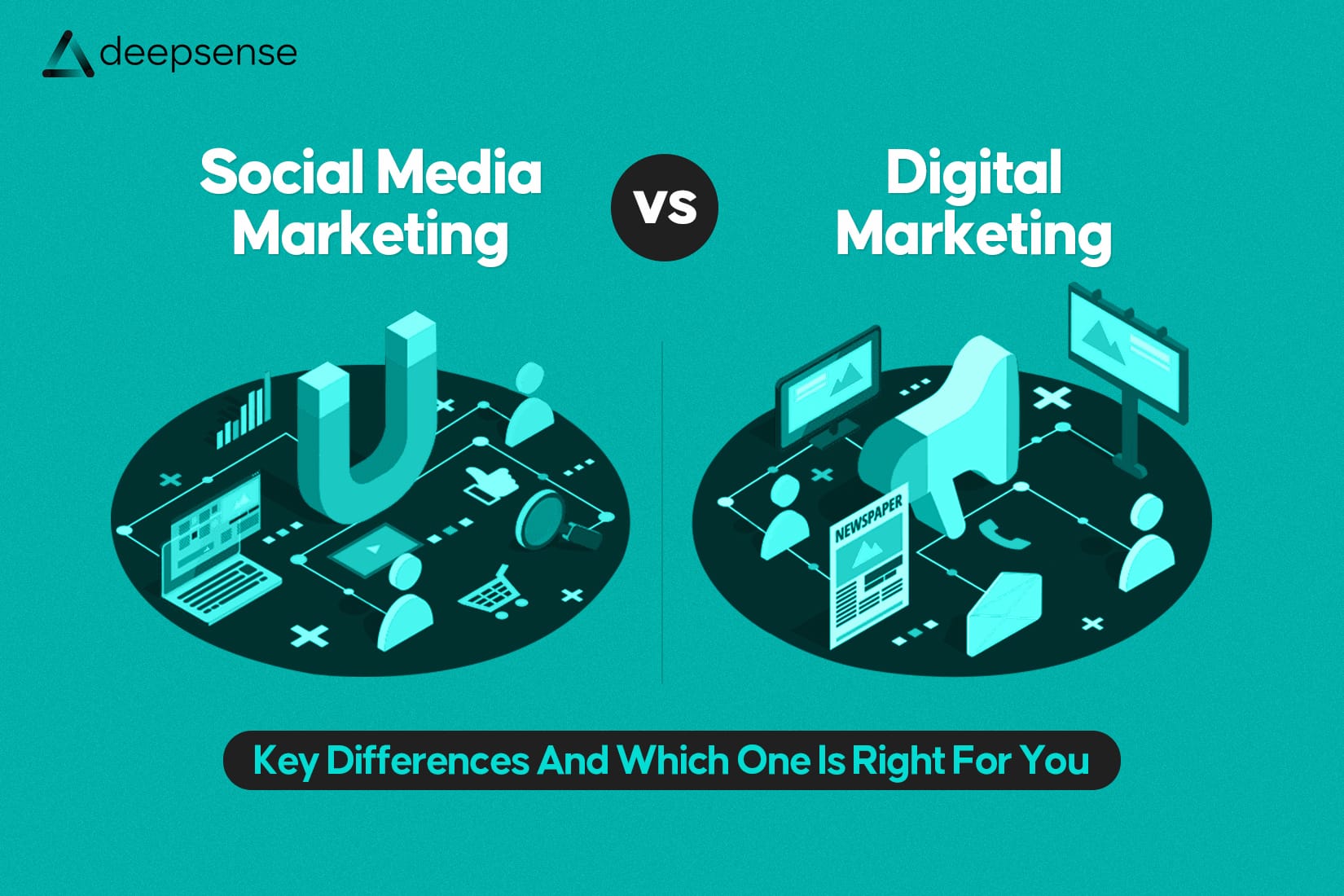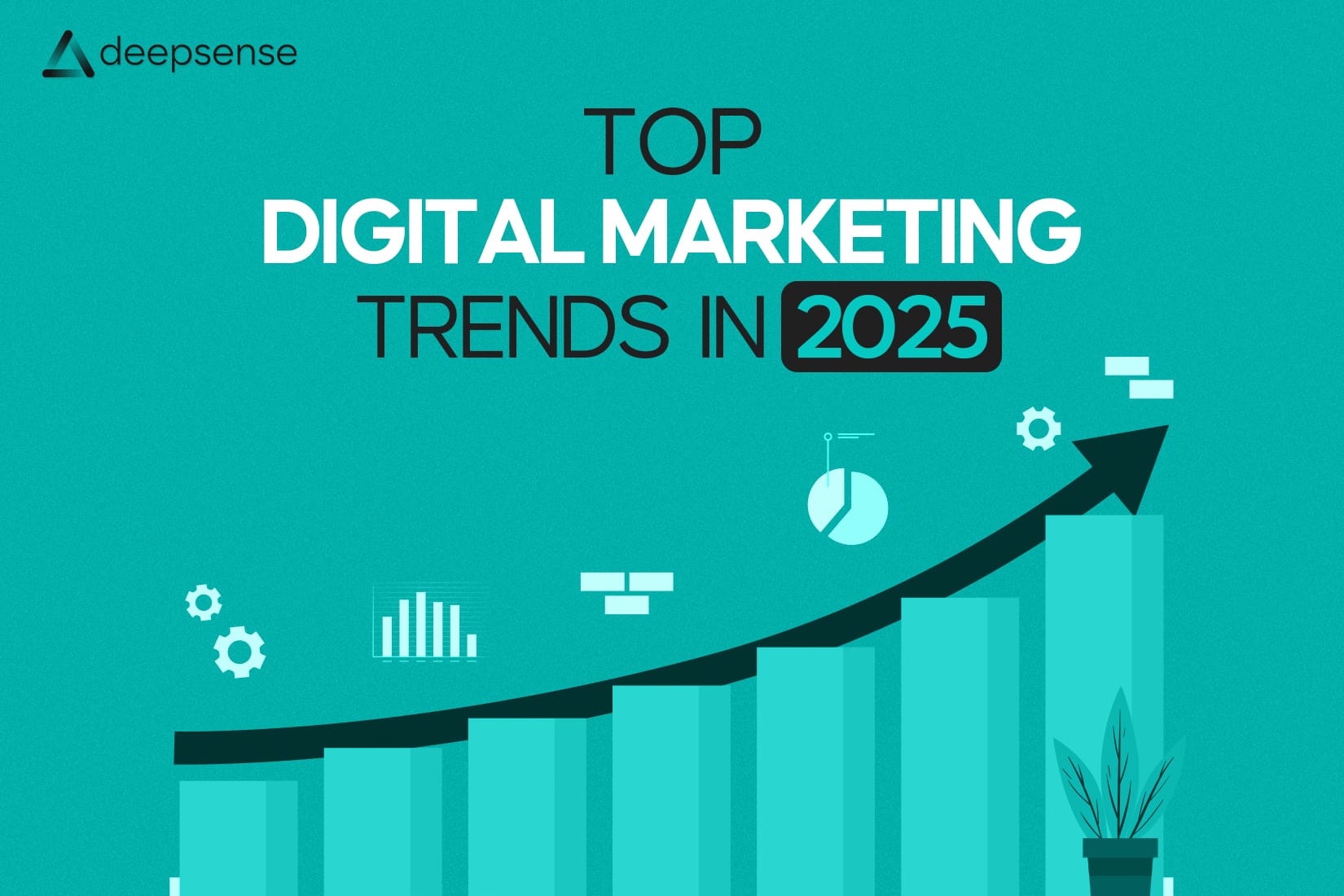In the age of digital-first everything, personalization is no longer a luxury, it’s an expectation. Whether you’re browsing for a new pair of sneakers or searching for a holiday destination, brands are racing to deliver experiences that feel tailor-made just for you. But how do they do it?
At the core of this modern marketing magic lies a powerful engine: the Customer Data Platform (CDP).
In this blog, we’ll unpack what CDPs are, how they work, and most importantly, how they empower businesses to deliver hyper-personalized experiences that build trust, loyalty, and revenue.
What Is a Customer Data Platform (CDP)?
A Customer Data Platform (CDP) is a centralized software system designed to collect, unify, and manage customer data from multiple sources in real-time. Unlike CRMs (Customer Relationship Management tools) or DMPs (Data Management Platforms), CDPs are specifically built for marketers, and they provide a single customer view across all channels.
Think of a CDP as the digital brain behind your marketing. It aggregates data from your website, mobile app, email campaigns, in-store interactions, CRM, and even customer support tickets, then combines all of that into one cohesive customer profile.
How CDPs Fuel Personalization
Personalization starts with understanding. The better a brand understands its customers, the better it can serve them.
Here’s how CDPs make personalization possible:
1. Unified Customer Profiles
CDPs collect first-party data (behavioral, transactional, and demographic) and stitch it together to form a 360-degree view of each customer. This means no more fragmented data living in silos, just one complete profile that updates in real-time.
Example: A customer browses for leather jackets on your app, adds one to the cart but doesn’t buy. The CDP logs this behavior and syncs it across all platforms, so when the customer opens your website the next day, they see a personalized offer on leather jackets.
2. Real-Time Segmentation
With unified data, CDPs allow brands to dynamically segment audiences based on behavior, interests, lifecycle stages, or predictive scores.
Example: You can create a segment of customers who’ve abandoned their carts in the last 48 hours and are most likely to convert if offered a 10% discount, then trigger automated emails just for them.
3. Omnichannel Personalization
CDPs activate data across various marketing channels, from email and SMS to web push notifications and in-app messages.
Example: A user browses skincare products online. A few hours later, they receive a personalized email with “hand-picked recommendations based on your skin type,” followed by a push notification offering a limited-time discount.
4. Behavioral Predictions
Modern CDPs are equipped with AI/ML capabilities that predict customer behavior: likelihood to churn, next-best product to recommend, or ideal send times for emails.
Example: If a user’s predicted churn score increases, the CDP can automatically trigger a re-engagement campaign with a custom offer.
CDPs vs. CRMs vs. DMPs: What’s the Difference?
| Feature | CDP | CRM | DMP |
| Primary Use | Unified customer view & personalization | Manage customer relationships & sales pipelines | Audience targeting for advertising |
| Data Type | First-party (behavioral, transactional, demographic) | First-party (contact details, interactions) | Third-party (anonymous) |
| Real-Time Capabilities | Yes | Limited | Rare |
| Personalization Use | Strong | Moderate | Weak |
| Cross-Channel Support | Yes | Limited | Yes, but often anonymized |
Use Cases of CDPs in Real-World Personalization
1. E-commerce Personalization
- Product recommendations based on browsing and purchase history
- Cart abandonment reminders
- Personalized landing pages
2. Travel & Hospitality
- Offers based on past travel behavior
- Real-time itinerary updates
- Personalized loyalty program rewards
3. Media & Entertainment
- Content recommendations (think Netflix!)
- Personalized push notifications for new releases
- User-specific watchlists
4. Retail (Online + Offline Integration)
- Combining in-store purchases with online behavior
- Personalized SMS post-visit
- Loyalty rewards tailored to past buying behavior
The Business Impact of CDP-Driven Personalization
According to McKinsey, personalization can:
- Lift revenue by 5–15%
- Increase marketing ROI by 10–30%
- Improve customer retention by up to 25%
Brands like Sephora, Starbucks, and Nike are already leveraging CDPs to deliver deeply personalized experiences, resulting in stronger brand loyalty and higher lifetime value.
Challenges of Using CDPs
While the potential is huge, CDPs are not plug-and-play. Here are some challenges brands must navigate:
1. Data Quality & Governance
Garbage in, garbage out. If your data is incomplete, outdated, or duplicated, your personalization will fail.
2. Integration Complexity
Integrating a CDP with all marketing, analytics, and operational systems can be technically challenging, especially in legacy environments.
3. Organizational Readiness
Marketers, IT teams, and data analysts must collaborate effectively. A CDP is as much about people and processes as it is about technology.
4. Privacy Compliance
With regulations like GDPR and CCPA, it’s critical to ensure customer data is handled responsibly and transparently.
Best Practices for Implementing a CDP for Personalization
- Start with a Clear Use Case
Don’t try to do everything at once. Start small, like cart abandonment or onboarding journeys, and scale up.
- Focus on Data Hygiene
Clean, deduplicated, and normalized data is the foundation of successful personalization.
- Ensure Cross-Department Alignment
Get buy-in from marketing, IT, sales, and support teams to ensure seamless implementation and usage.
- Choose a Scalable CDP Vendor
Pick a vendor that integrates easily with your current tech stack and scales as your personalization needs grow.
- Prioritize Consent Management
Ensure your CDP can manage opt-ins, consents, and data privacy preferences for regulatory compliance.
Popular CDP Tools in the Market
Here are a few widely used CDPs:
- Segment (by Twilio)
- Salesforce CDP
- BlueConic
- Tealium
- Treasure Data
- mParticle
- Bloomreach
Each has unique strengths depending on business size, complexity, and industry vertical.
The Future of Personalization with CDPs
As AI continues to evolve and customer expectations grow, CDPs will become even more central to personalization strategies. In the future, we can expect:
- Hyper-personalized, predictive journeys powered by real-time data and AI
- Increased use of zero-party data, collected through quizzes, surveys, and preferences
- Voice and AR personalization across smart assistants and immersive experiences
Ultimately, the brands that succeed will be those that use CDPs not just to collect data, but to truly understand and delight their customers.
Conclusion
Customer Data Platforms are not just another martech buzzword. They’re the foundational engine driving the personalized experiences today’s consumers demand. By enabling real-time, omnichannel personalization based on rich, unified data, CDPs empower brands to build deeper connections, drive more conversions, and foster loyalty that lasts.
If your brand is serious about personalization, investing in a CDP isn’t just a good idea, it’s mission-critical.
Bonus: Quick Checklist, Is Your Brand Ready for a CDP?
- Do you have customer data scattered across platforms?
- Are you struggling with fragmented customer experiences?
- Are your personalization efforts generic or underperforming?
- Do you want to deliver real-time, predictive experiences?
- Are you planning for privacy-first, cookie-less personalization?
If you answered “yes” to 3 or more, it’s time to consider a CDP.
FAQs
1. What is a Customer Data Platform (CDP)?
A Customer Data Platform is a software solution that unifies customer data from various sources, like websites, apps, CRMs, emails, and offline touchpoints; into a single, centralized database. This unified view helps marketers deliver personalized experiences across channels.
2. How is a CDP different from a CRM or DMP?
While CRMs focus on managing customer relationships and DMPs manage anonymous third-party data for advertising, CDPs are built to unify first-party data and enable real-time personalization. CDPs offer a more comprehensive and behavior-driven customer profile than CRMs or DMPs.
3. What types of data does a CDP collect?
CDPs typically collect:
- Demographic data (name, age, gender, location)
- Behavioral data (browsing, app usage, clicks)
- Transactional data (purchases, order value, frequency)
- Engagement data (email opens, ad clicks, loyalty interactions)
4. How do CDPs help with personalization?
By unifying and analyzing customer data in real time, CDPs allow businesses to segment audiences, trigger tailored messages, recommend products, and customize user experiences across websites, apps, emails, and more.
5. Can small or mid-sized businesses benefit from CDPs?
Absolutely. Many CDP platforms cater to small and medium businesses with scalable pricing and features. Even with limited data, businesses can use CDPs to improve targeting, automation, and personalization.
6. Are CDPs compliant with data privacy regulations?
Most modern CDPs are designed with GDPR, CCPA, and other privacy laws in mind. They include tools for consent management, data governance, and opt-in/out tracking. However, businesses must still configure them responsibly.
7. What are some common use cases of CDPs?
Popular use cases include:
- Abandoned cart recovery campaigns
- Personalized product recommendations
- Loyalty program customization
- Real-time push or email messages based on behavior
- Predictive churn prevention
8. How do I choose the right CDP for my business?
Look for a CDP that:
- Integrates well with your existing tools
- Supports real-time data processing
- Offers strong segmentation and personalization features
- Complies with data privacy standards
- Has a user-friendly interface for marketers
Do a needs assessment before selecting a vendor to ensure alignment with your marketing goals and technical capacity.











